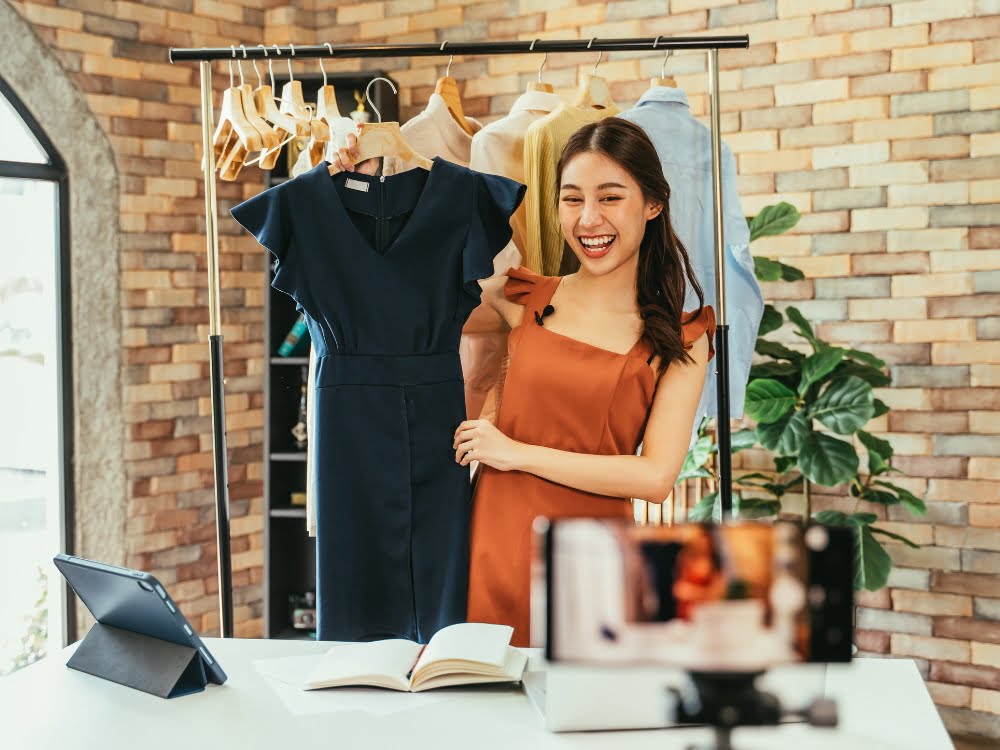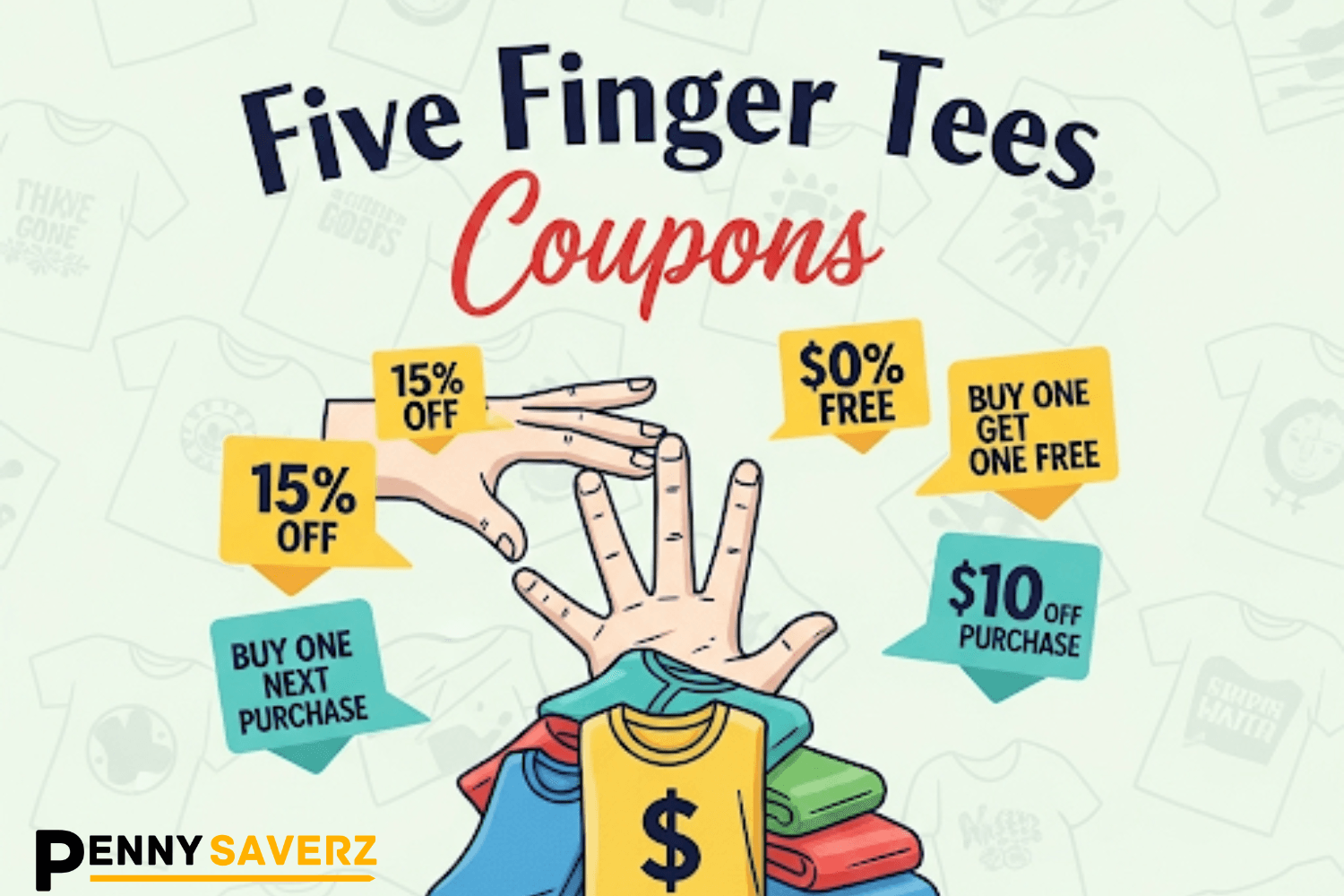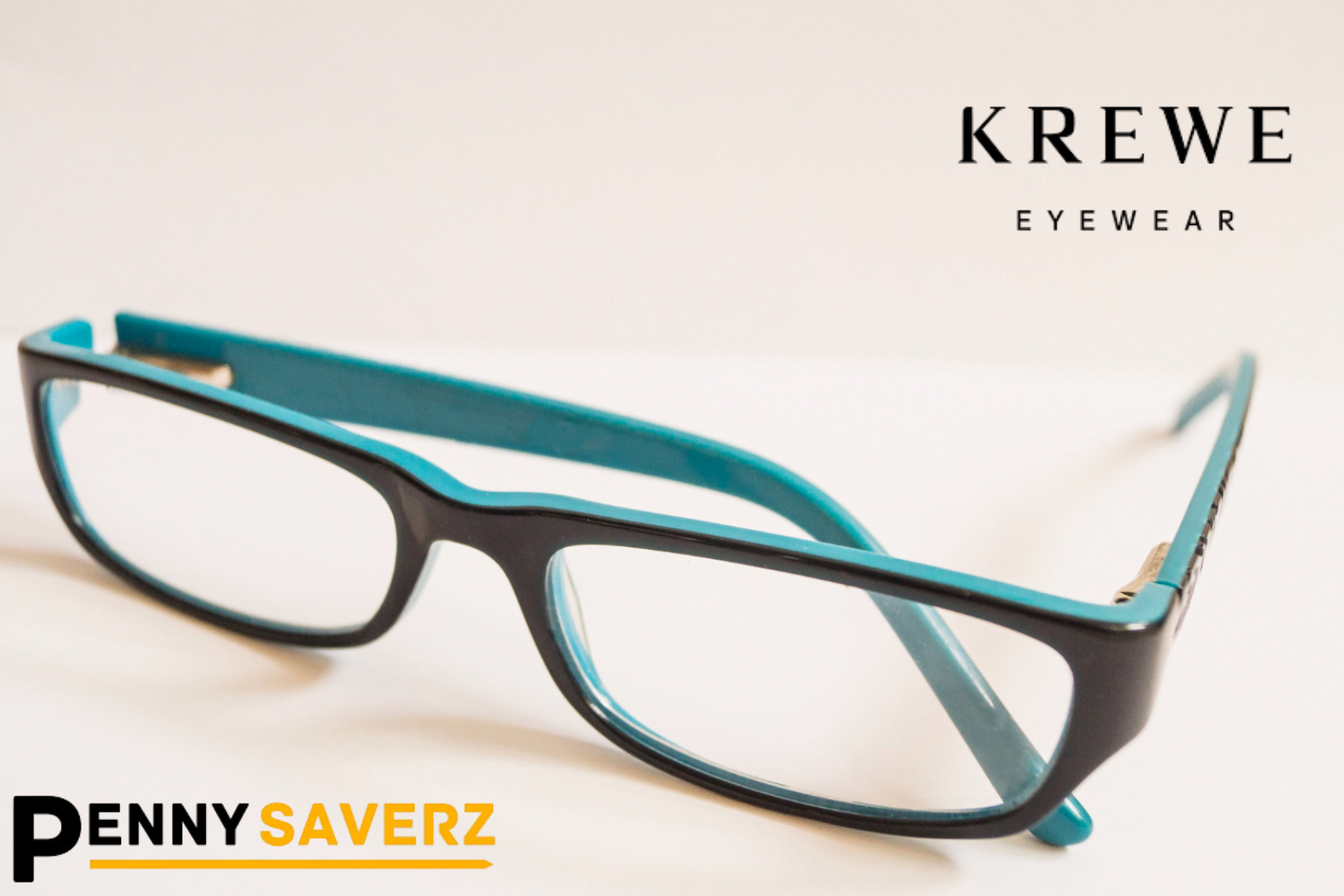The Influence of Fashion Bloggers and Influencers in Today’s Trends. Fashion bloggers and influencers have revolutionized the way we perceive and engage with fashion. In today’s digital era, their impact on trends is undeniable. From setting style statements to shaping public opinions on fashion, these digital trendsetters play a pivotal role.
This article delves into the intricate world of fashion blogging and influencing, exploring how these individuals drive the fashion industry.
The Rise of Fashion Bloggers
Fashion blogging began as a niche hobby but has grown into a global phenomenon. The journey from personal style diaries to influential platforms is fascinating. Early bloggers like Tavi Gevinson and Chiara Ferragni set the stage, turning their passion into full-fledged careers.
The 2000s saw the advent of blogs that offered fresh perspectives on fashion, challenging traditional media and democratizing style.
Who Are Fashion Influencers?
Fashion influencers are individuals with significant followings on social media who shape fashion trends through their content. Unlike traditional fashion journalists, influencers offer a more personal touch, sharing their lives, preferences, and unique styles.
The primary distinction between bloggers and influencers lies in their medium; bloggers typically focus on long-form content while influencers thrive on social platforms.
The Power of Social Media in Fashion
Social media platforms like Instagram, TikTok, and YouTube have transformed the fashion landscape. These platforms are ideal for fashion content due to their visual nature and wide reach. Instagram’s aesthetic-driven interface and TikTok’s viral potential enable influencers to engage with audiences in creative ways. This shift has given rise to a new form of fashion journalism that’s instant, interactive, and inclusive.
How Fashion Bloggers Shape Trends
Fashion bloggers and influencers have a profound impact on trends. They not only predict upcoming trends but also create them. Through their unique styles and curated content, they introduce new looks and revive vintage trends.
Influencers like Aimee Song and Danielle Bernstein have even influenced major designers, showcasing how powerful their reach can be.
Case Studies of Successful Fashion Influencers
Influencers such as Chiara Ferragni, founder of “The Blonde Salad,” and Aimee Song of “Song of Style,” exemplify the influence of fashion bloggers. Chiara Ferragni’s transformation from a blogger to a fashion icon illustrates the potential of the digital realm.
These influencers have collaborated with top brands, walked red carpets, and even launched their own fashion lines, demonstrating the vast opportunities in this field.
The Economic Impact of Fashion Influencers
Fashion influencers have reshaped the economics of fashion marketing. Their ability to reach niche audiences and create authentic content makes them valuable partners for brands. Influencer marketing has become a multi-billion dollar industry, with brands investing heavily in collaborations and sponsored content.
This shift has made traditional advertising methods less effective, as consumers prefer the personalized touch of influencer recommendations.
The Role of Authenticity and Trust
Authenticity is the cornerstone of successful influencing. Fashion influencers build trust through genuine content and honest reviews.
This credibility makes their followers more likely to adopt their style recommendations and support the brands they endorse. The key to maintaining this trust lies in being transparent about sponsored content and staying true to their personal brand.
Fashion Influencers and Diversity
Fashion influencers are at the forefront of promoting diversity and inclusivity. They challenge conventional beauty standards by showcasing a wide range of body types, ethnicities, and styles.
Influencers like Precious Lee and Paloma Elsesser have used their platforms to advocate for body positivity and inclusive fashion, paving the way for a more diverse and accepting fashion industry.
Challenges Faced by Fashion Influencers
Despite their success, fashion influencers face significant challenges. The market is becoming increasingly saturated, making it difficult to stand out. Additionally, maintaining relevance and adapting to changing trends requires constant effort.
The pressure to produce consistent and engaging content can lead to burnout, and navigating the business side of influencing can be daunting.
The Dark Side of Fashion Influencing
The glamorous world of fashion influencing isn’t without its downsides. Ethical concerns such as the promotion of fast fashion and unrealistic beauty standards have come under scrutiny. The constant pressure to present a perfect image can also impact influencers’ mental health, leading to issues like anxiety and depression.
It’s crucial for influencers to address these concerns and promote a more balanced and realistic portrayal of fashion.
Fashion Influencers and Environmental Awareness
In recent years, fashion influencers have played a key role in promoting sustainable fashion. They raise awareness about the environmental impact of fast fashion and encourage their followers to make more eco-conscious choices. Influencers like Emma Watson and Venetia La Manna advocate for sustainable brands and practices, highlighting the importance of ethical fashion.
Future Trends in Fashion Influencing
The future of fashion influencing looks promising, with new trends and technologies on the horizon. The rise of augmented reality (AR) and virtual reality (VR) is set to revolutionize how fashion is experienced and consumed. Emerging platforms like Clubhouse and innovative content formats will continue to shape the industry, offering fresh opportunities for influencers to engage with their audiences.
How to Become a Successful Fashion Influencer
Aspiring fashion influencers should focus on creating a unique personal brand and engaging content. Building a strong social media presence and staying authentic is crucial. It’s also important to network with other influencers and brands to create collaboration opportunities. Understanding your audience and providing valuable content will help you grow your following and establish yourself as a credible influencer.
Conclusion
Fashion bloggers and influencers have undeniably transformed the fashion industry. Their ability to set trends, influence consumer behavior, and promote diversity makes them powerful players in the fashion world. As the industry continues to evolve, their influence will only grow, shaping the future of fashion in exciting and innovative ways. Read About: Exploring Different Forms of Digital Entertainment
FAQs
How Do Fashion Influencers Make Money?
Fashion influencers earn through sponsored content, brand collaborations, affiliate marketing, and their own product lines. They may also receive payment for attending events and promoting brands on their social media platforms.
What’s the Difference Between a Blogger and an Influencer?
A blogger typically focuses on long-form content, sharing in-depth articles and personal experiences on a blog. An influencer, on the other hand, uses social media platforms to engage with their audience through short-form content like photos and videos.
Are Fashion Influencers Important for Brands?
Yes, fashion influencers are crucial for brands. They help reach targeted audiences, create authentic content, and drive consumer engagement. Their recommendations can significantly impact brand perception and sales.
How Can I Start a Fashion Blog?
To start a fashion blog, choose a niche, create a website, and consistently publish high-quality content. Build a social media presence, network with other bloggers, and engage with your audience to grow your following.
What Are Some Challenges Fashion Influencers Face?
Fashion influencers face challenges such as market saturation, maintaining relevance, dealing with ethical concerns, and managing the pressure to create constant content. Balancing authenticity with brand collaborations is also a significant challenge.



